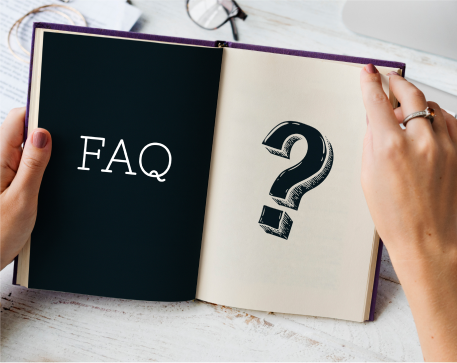Ready to learn?
Take the first step toward achieving your educational goals. Whether you’re preparing for exams or expanding your knowledge, getting started is just a click away. Join us today and unlock your full potential
832, utkarsh bhawan, near mandap restaurant, 9th chopasani road, jodhpur rajasthan - 342003
support@utkarsh.com
+91-9829213213
Support
Learning Resources
Rajasthan Govt Exams
Central Govt Exams
Civil Services Exams
Nursing Exams
School Tuitions
Other State Govt Exams
Agriculture Exams
College Entrance Exams
Miscellaneous Exams

© 2025 Utkarsh Classes & Edutech Pvt. Ltd. All Rights Reserved
Home
National Current Affairs
Government Scheme
Classical Language status to Marathi, Pali, Prakrit, Assamese, & Bengali

Utkarsh Classes
Updated: 04 Oct 2024
2 Min Read

The government of India has accepted the recommendation of the Linguistic Expert Committee and conferred the status of classical language to Marathi, Pali, Prakrit, Assamese, and Bengali languages. With the inclusion of these languages, the total number of classical languages in India is now 11.
The Union Cabinet, chaired by Prime Minister Narendra Modi, gave its approval to accord classical status to these languages on 3 October 2024.
Tamil was the first language to be accorded classical language status in India in 2004.
The Union Ministry of Culture set up a Linguistic Expert Committee under Sahitya Akademi in 2004 to set the criteria for recognising an Indian language as a classical language. The criteria have been revised from time to time, and the present set of criteria are as follows:
Since 2004, the central government has declared eleven languages as classical languages.
|
Serial Number |
Language |
Date of Notification |
State in which they are mainly spoken |
|
1 |
Tamil |
12/10/2004 |
Tamil Nadu |
|
2 |
Sanskrit |
25/11/2005 |
|
|
3 |
Telugu |
31/10/2008 |
Andhra Pradesh, Telangana |
|
4 |
Kannada |
31/10/2008 |
Karnataka |
|
5 |
Malayalam |
08/08/2013 |
Kerala |
|
6 |
Odia |
01/03/2014 |
Odisha |
|
7 |
Marathi |
3/10/2024 |
Maharashtra |
|
8 and 9 |
Pali and Prakrit |
3/10/2024 |
Bihar, Uttar Pradesh and Madhya Pradesh |
|
10 |
Bengali |
3/10/2024 |
West Bengal |
|
11 |
Assam |
3/10/2024 |
Assam |
The likely impact after a language is declared as a classical language is as follows:
Top Posts
Popular Tags
Government Scheme
Economy
Madhya Pradesh
Uttar Pradesh
Festival
Environment
Index
State news
Person in News
Place in News
Tourism
Science
Science and Technology
High Court
Supreme Court
Art and Culture
Important Day
Bihar
Rajasthan
Agriculture
Report
Banking and Finance
Health and Disease
App
Transport
Bill and Act
Energy
Industry
Committee and Commission
Infrastructure
Education
Banking & Finance
Portal
Science and Technology
Summit and Conference
Frequently asked questions

Still have questions?
Can't find the answer you're looking for? Please contact our friendly team.
Visit an Offline Centre Near to You.

Download Current Affairs PDF Free
National, International Current Affairs par rahe hamesha updated